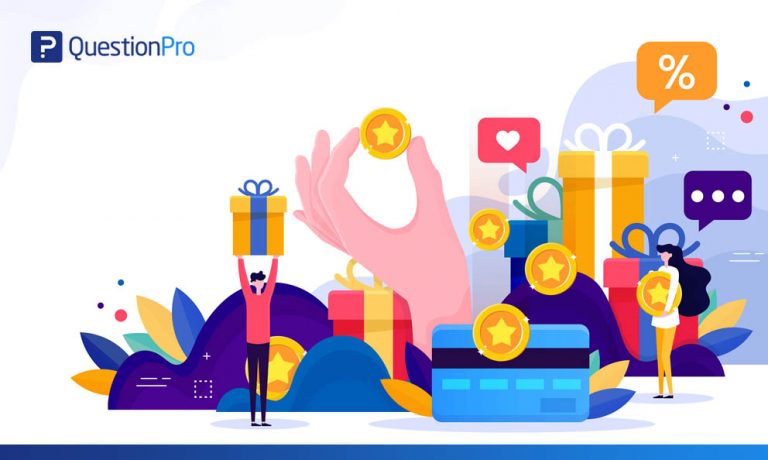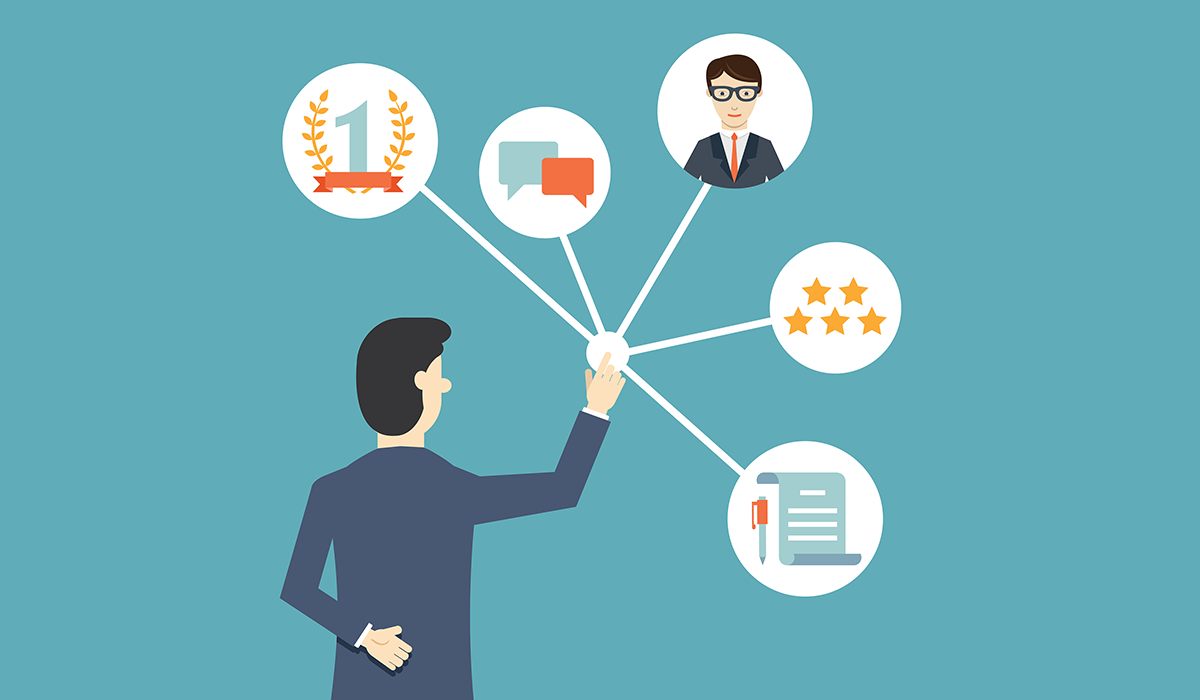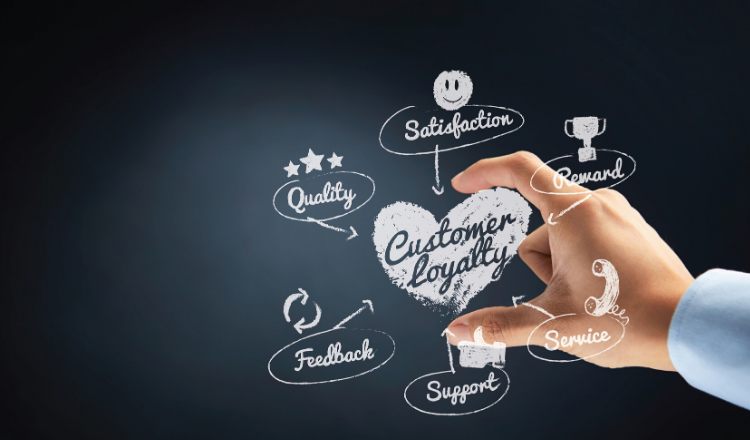All Categories
Featured
Table of Contents
In 1930, Jaylynn Holland and Ramon Roy Learned About Marketing Campaign

What if you could grow your business without increasing your spending? In fact, what if you could really reduce your spending but increase your sales, every year? Would you do it? If you're a company owner, then you'll likely provide a resounding 'yes', a basic response to an even simpler concern.
A benefits program tracks and rewards certain spending behavior by the consumer, supplying special benefits to loyal clients who continue to patronize a particular brand name. The more that the client invests in the store, the more advantages they receive. With time, this reward builds loyal customers out of an existing consumer base.

Even if you currently have a reward program in location, it's a great concept to dig in and fully understand what makes consumer commitment programs work, along with how to carry out one that costs you little cash and time. Do not stress, I'll assist you with that. I'll break down the main advantages of a loyalty program and the very best ways to develop faithful clients.
Let's dig in. Customer loyalty is when a consumer returns to work with your brand over your rivals and is largely influenced by the favorable experiences that the customer has with your brand. The more favorable the experience, the most likely they will go back to patronize you. Consumer loyalty is exceptionally important to services since it will help you grow your service and sales faster than a simple marketing strategy that focuses on hiring brand-new customers alone.
A couple of ways to determine customer loyalty consist of:. NPS tools either send out a brand efficiency survey via email or ask customers for feedback while they are checking out a service's site. This info can then be used to much better comprehend the possibility of client loyalty. A repurchase ratio measures the ratio of repeat buyers versus one-time buyers.
Consumer commitment index (CLI). The CLI tracks customer commitment over time and resembles an NPS survey. Nevertheless, it considers a couple of additional elements on top of NPS like upselling and repurchasing. These metrics are then used to examine brand name loyalty. A client loyalty program is a marketing strategy that rewards consumers who make purchases and engage with the brand name on an ongoing basis.
Consumer benefits programs are created to incentivize future purchases. This motivates them to continue working with your brand. Consumer loyalty programs can be set up in numerous different ways. A popular consumer loyalty program rewards customers through a points system, which can then be invested on future purchases. Another kind of customer commitment program might reward them with member-exclusive benefits or complimentary gifts, or it might even reward them by donating cash to a charity that you and your clients are mutually passionate about.
In 50401, Ryleigh Steele and Ibrahim Morton Learned About Gift Guides
By using rewards to your consumers for being faithful and encouraging, you'll develop a relationship with them, deepening their relationship with your brand name and ideally making it less most likely for them to switch to a competitor. You have actually likely seen customer commitment programs in your own shopping experience, whether at your favorite cafes or your most frequented grocery stores.
However even if everybody is doing it doesn't suggest that's a sufficient reason for you to do it too. The better you comprehend the advantages of a consumer rewards program, the more clearness you will have as you produce one for your own shop. You won't be distracted by interesting benefits and complicated loyalty points systems.
Remember: work smarter, not harder. Consumer retention is the primary benefit of a benefits program that acts as a foundation to all of the other benefits. As you offer rewards for your existing consumer base to continue to purchase from your store, you will supply your store with a constant flow of cash month after month.
By growing your retention rate, you can stop spending as much time or money on increasing your overall variety of customers. Why is this essential? Devoted consumers have a higher conversion rate than new customers, indicating they are more most likely to make a transaction when they visit your store than a brand-new client.
By increasing your retention rate by only 5 percent, you can increase your revenues by 25 percent and as much as by 95 percent. Needless to say, your retention rate matters. Key Takeaway: If you wish to substantially increase your earnings, supply incentives for your existing customers to continue to shop at your store.
And you won't have to invest cash on marketing to get them there. Client acquisition (aka bringing in brand-new customers) takes a great deal of effort and cash to persuade total strangers to trust your brand, pertained to your store, and attempt your items. In the end, any cash made by this new client is overshadowed by all of the money invested in getting them there.
Key Takeaway: If you want to reduce costs, focus on client retention rather of client acquisition. When you focus on supplying a positive tailored experience for your existing customers, they will naturally inform their loved ones about your brand. And with each subsequent transaction, faithful consumers will tell much more individuals per transaction.
In Santa Monica, CA, Kyson Robbins and Meadow Austin Learned About Potential Clients
The very best part? Because these brand-new customers came from relied on sources, they are more most likely to turn into faithful customers themselves, investing more on typical than brand-new clients brought in by other marketing efforts. The Chase Ultimate Rewards program, for instance, offers significant advantages for individuals who travel a lot.
The 'supreme rewards' that Chase cardholders get include 2x points per dollar invested in all travel purchases as well as primary rental car insurance coverage, no foreign transaction costs, journey cancellation insurance, and purchase protection. For people who travel a lotand have non reusable income to do sothere is a huge reward to spend cash through the ultimate benefits program.
This entire process makes redeeming benefits something worth extoling, which is exactly what lots of cardholders wind up doing. And to assist them do it, Chase uses a benefit for that too. Secret Takeaway: Make it easy for your customers to extol you and they will get the word out about your buy free.
Once you get the essentials down, then utilizing a loyalty rewards app can assist look after the technical information. Here are the steps to start with creating your consumer commitment program. No consumer wants to buy items they don't desire or require. The exact same opts for your loyalty program.
And the only method to tailor a tempting consumer loyalty program is by thoroughly understanding your consumer base. The very best method to do this? By implementing these techniques: Construct consumer contact information any place possible. Ensure your service is continuously developing a detailed contact list that enables you to gain access to existing customers as frequently and as easily as possible.

Track customer behavior. Know what your consumers desire and when they desire it. In doing so, you can anticipate their desires and needs and provide them with a loyalty program that will please them. Categorize consumer individual traits and preferences. Take a multi-faceted technique, don't limit your loyalty program to simply one avenue of success.
Encourage social media engagement. Frame techniques to engage with your consumers and target market on social media. They will quickly provide you with extremely informative feedback on your services and products, permitting you to better understand what they anticipate from your brand. As soon as you have actually worked out who your customers are and why they are working with your brand, it's time to choose which kind of commitment rewards program will motivate them to stay devoted to you.
In Akron, OH, Efrain Huynh and Trevin Small Learned About Special Offers
However, the most common client loyalty programs centralize around these primary concepts: The points program. This type of program focuses on satisfying consumers for each purchase they make with points in a point system. These points can then either be used on future purchases or put towards some type of reward.
The paid program. This type of program needs consumers to pay a one-time or yearly charge to join your VIP list. Commitment members who belong to this list have the ability to gain access to unique benefits or member-exclusive advantages. The charity program. This kind of program is a bit different than the others.
This is accomplished by encouraging them to do service with the brand name and, in return, their loyalty will be rewarded with a contribution to a charity. The tier program. This type of program focuses on increasing levels of brand name commitment. The more faithful a consumer is to a brand, the greater tier they will reach and the much better the benefits they will get.
This kind of program is simply as it sounds, where one brand name partners with another brand name to provide their cumulative audiences with exclusive member discount rates or deals that they can redeem while doing organization with either brand name. The neighborhood program. This type of program incentivizes brand name commitment by offering its members with access to a like-minded neighborhood of individuals.
This kind of program is relatively comparable to paid programs, however, the membership charge occurs on a routine basis instead of a one-time payment. Next, choose which customer interactions you want to reward. Base these benefits around which interactions benefit your company one of the most. For example, to help your organization out, you can offer action-based benefits like these: Reward consumers more when working with your brand during a sluggish duration of the year or on an infamously slow day of company.
Reward clients for engaging with your brand name on social networks. Incentivize particular products you are trying to move quickly. Incentivize purchases that are over a certain dollar quantity. The idea is to make your client commitment program as easy as possible for your consumers to use. If your consumer loyalty program isn't personnel friendly, isn't easy to track, is too expensive to run, or isn't simple for your clients to use or comprehend, then personnel and customers alike probably will not benefit from it.
To get rid of these barriers to entry, consider integrating a consumer loyalty software that will assist you keep on top of all of these elements of your program. Some quality customer program software application include:. CandyBar is a digital punch card program. It works by tracking your client's purchases through an app on a computer system, phone, or tablet.
In Newington, CT, Stephany Castro and Jacqueline Salas Learned About Subscriber List
Commitment members can then examine their benefits by means of text message and company owner can use the program to contact their consumers. Yotpo. Yotpo is a cloud-based customer loyalty platform exclusively for eCommerce services. This software application is especially proficient at collecting every kind of user-generated content, helpful for tailoring a much better consumer experience.
Loopy Commitment is a convenient consumer commitment software for businesses that mainly utilize Google Wallet or Apple Pay as their payment platforms. The software creates a digital loyalty card that sends push notifications to their clients' phones when they are in close proximity to their traditional shop. When you've put in the time to choose which client loyalty techniques you are going to execute, it's time to start promoting and signing up your very first commitment members.
Use in-store ads, integrate call-to-actions on your website, send promotions via email newsletters, or upload marketing posts on social networks to get your customers to join. It's essential to understand the main benefits of a client rewards program so that you can produce a customized experience for both you and your client.
Consider it. You know what sort of items your customers like to purchase but do you know what brings them back, day after day, week after week? What makes them pick your store over the shop throughout the street? What makes them your customer and not the client of your biggest competitor? Surprisingly, the responses to these questions don't come down to discount rate prices or quality items.
Table of Contents
Latest Posts
Website Design - Best Ecommerce Web Design By Shopify Tips and Tricks:
Lifted Logic: Web Design In Kansas City - Seo - Website ... Tips and Tricks:
Why Is Web Design Important? - 6 Reasons To Invest In Site ... Tips and Tricks:
More
Latest Posts
Website Design - Best Ecommerce Web Design By Shopify Tips and Tricks:
Lifted Logic: Web Design In Kansas City - Seo - Website ... Tips and Tricks:
Why Is Web Design Important? - 6 Reasons To Invest In Site ... Tips and Tricks: